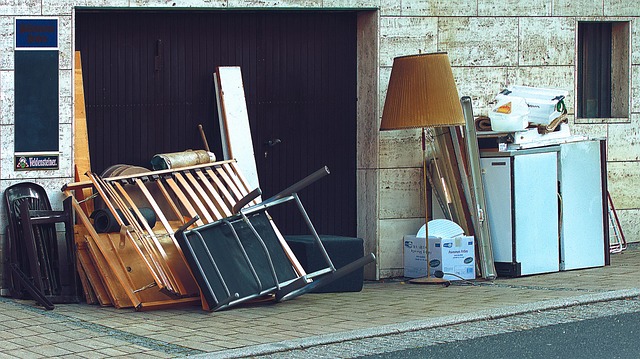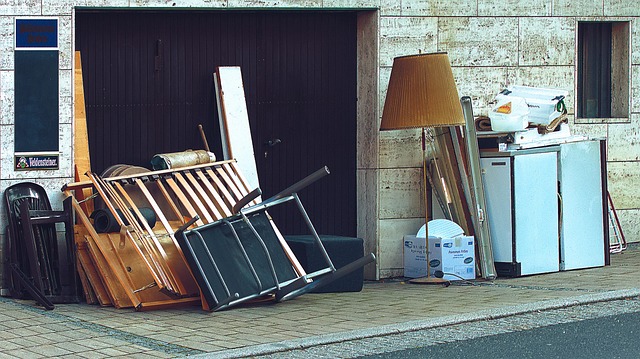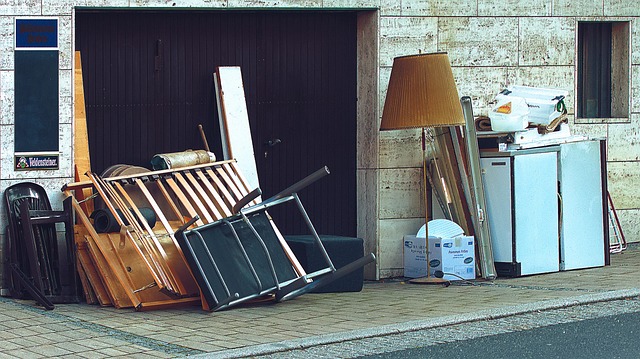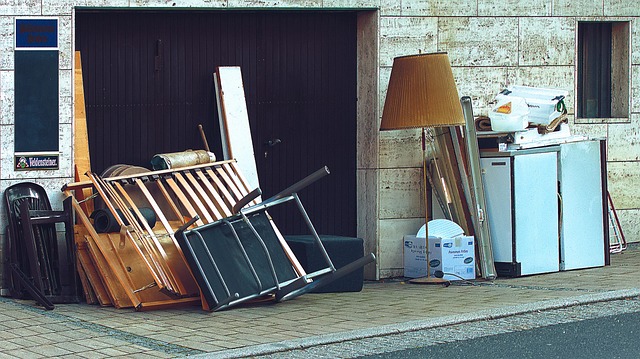Identifying high-traffic "hotspots" like countertops, entryways, and entertainment centers is key to starting a clutter-free home journey. Through mindful observation, you can recognize patterns of item accumulation, making these areas prime targets for initial decluttering. A systematic approach to organizing involves categorizing items by function or use frequency, laying the groundwork for maintaining order. By addressing clutter in living spaces and adopting effective Home Organization and Decluttering strategies, individuals can reduce stress, improve concentration, enhance productivity, and ultimately elevate their quality of life.
Streamlining your home to create a clutter-free zone is not just about aesthetics; it’s a powerful way to reclaim mental space and gain control over your time. This comprehensive guide delves into identifying clutter hotspots, implementing effective organization strategies tailored to item types, and offers long-term tips for maintaining a serene environment. Discover how adopting minimalism can transform your living spaces and enhance your daily routines through practical home organization and decluttering techniques.
- Identifying Clutter Hotspots in Your Home
- – Pinpointing areas prone to clutter accumulation
- – Assessing the impact of clutter on mental space and time management
Identifying Clutter Hotspots in Your Home

Clutter builds up over time, often in specific areas that become our less-than-ideal “hotspots.” To achieve a clutter-free home, start by identifying these hotspots—places like countertops, entryways, and entertainment centers tend to accumulate items due to their high traffic and accessibility.
Through mindful observation, you can notice patterns of discarded items ending up in the same locations. Once identified, these hotspots are ideal targets for initial decluttering efforts. A systematic approach, such as categorizing and sorting through items by function or frequency of use, helps establish a foundation for maintaining a more organized space.
– Pinpointing areas prone to clutter accumulation

Identifying spaces that naturally tend to gather clutter is the first step in your journey towards a clutter-free home. These areas often serve as catch-all spots, collecting items that don’t have a designated home. Common culprits include countertops, tables, and entryways—places where keys, mail, coats, and various other small items can pile up over time. Recognizing these hotspots is key to effective home organization and decluttering.
By understanding the patterns of clutter accumulation, you can implement tailored solutions. For example, using storage bins or baskets for counter space can provide a quick drop-off point for mail and keys while keeping surfaces neat. In entryways, a dedicated coat rack and hooks for bags and hats can prevent these items from overwhelming your welcome zone.
– Assessing the impact of clutter on mental space and time management

Clutter in our living spaces has a profound impact on both mental well-being and time management. Research suggests that disorganization can lead to increased stress, difficulty concentrating, and even reduced productivity. When our homes are cluttered with unused items or those lacking clear purpose, it creates mental noise—a constant distraction that subconsciously drains our cognitive resources. This, in turn, makes it harder to focus on important tasks, set priorities, and make decisions efficiently.
A clutter-free home, achieved through effective organization and decluttering practices, offers a calming environment conducive to clarity of thought. By removing unnecessary items and assigning clear spaces for everything, individuals can reclaim their mental real estate. This simple shift can lead to improved time management, as tasks become more manageable and decisions are made with greater ease. A peaceful and organized home setting allows residents to focus on what truly matters, ultimately enhancing overall quality of life.
By identifying and addressing clutter hotspots, you can transform your home into a serene and organized space. Streamlining these areas not only enhances aesthetics but also improves mental clarity and time management. Incorporating simple organization techniques allows for a clutter-free zone, enabling a more peaceful and productive environment. Remember, effective home organization is a continuous process, so stay committed to maintaining this positive change.
